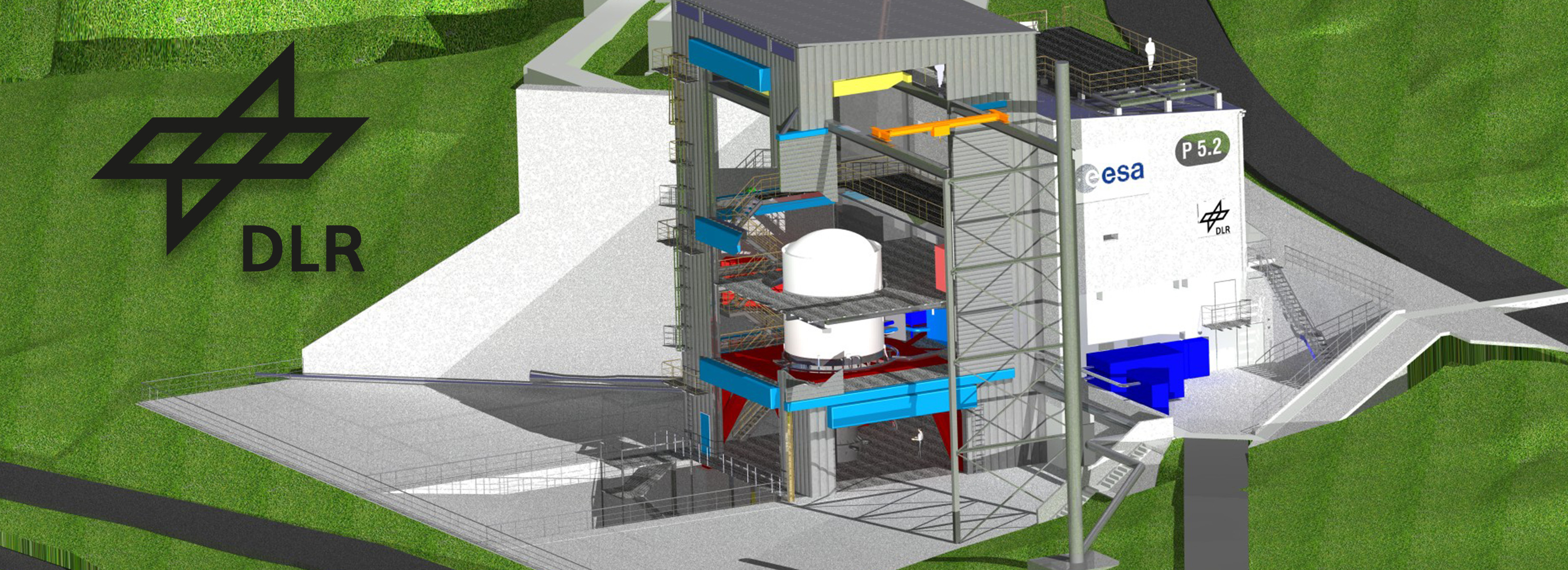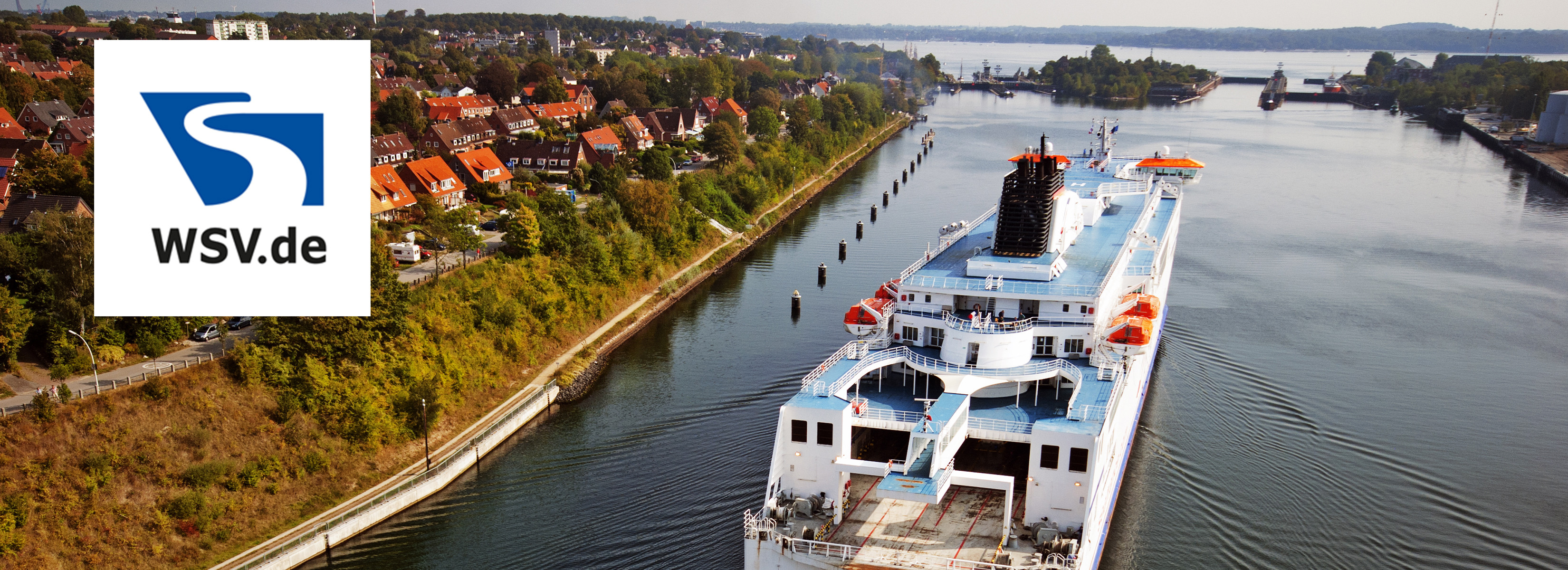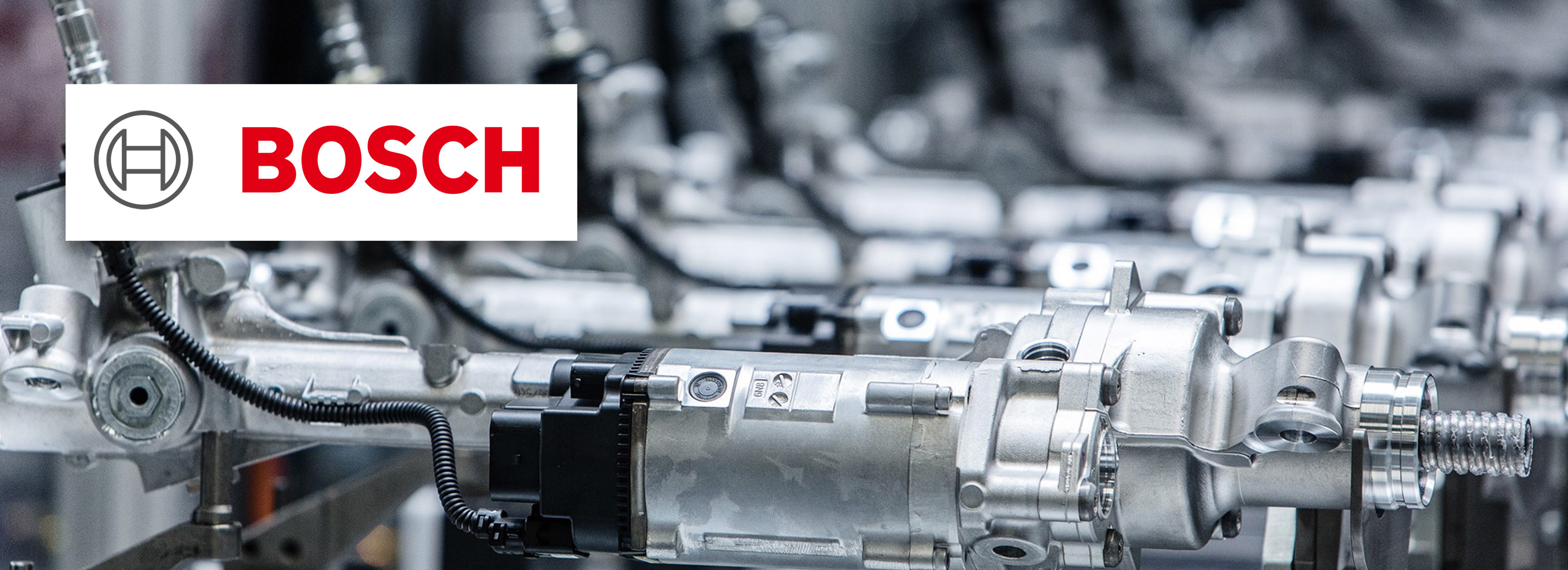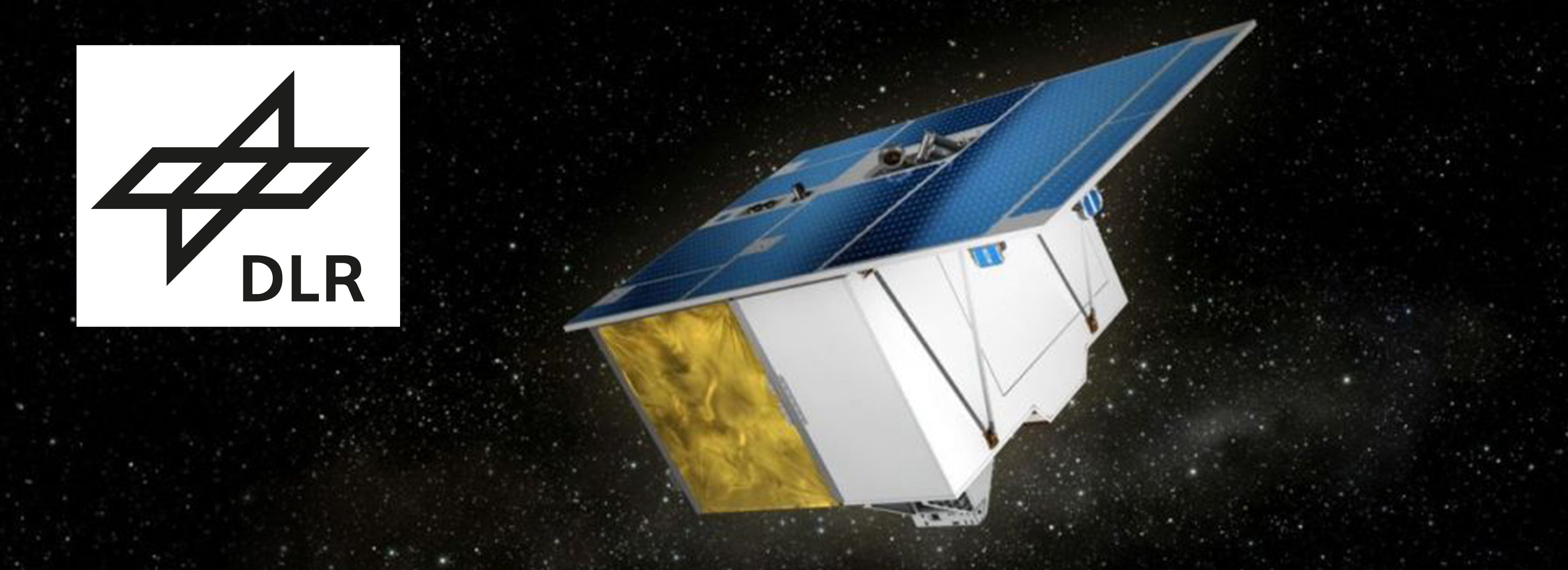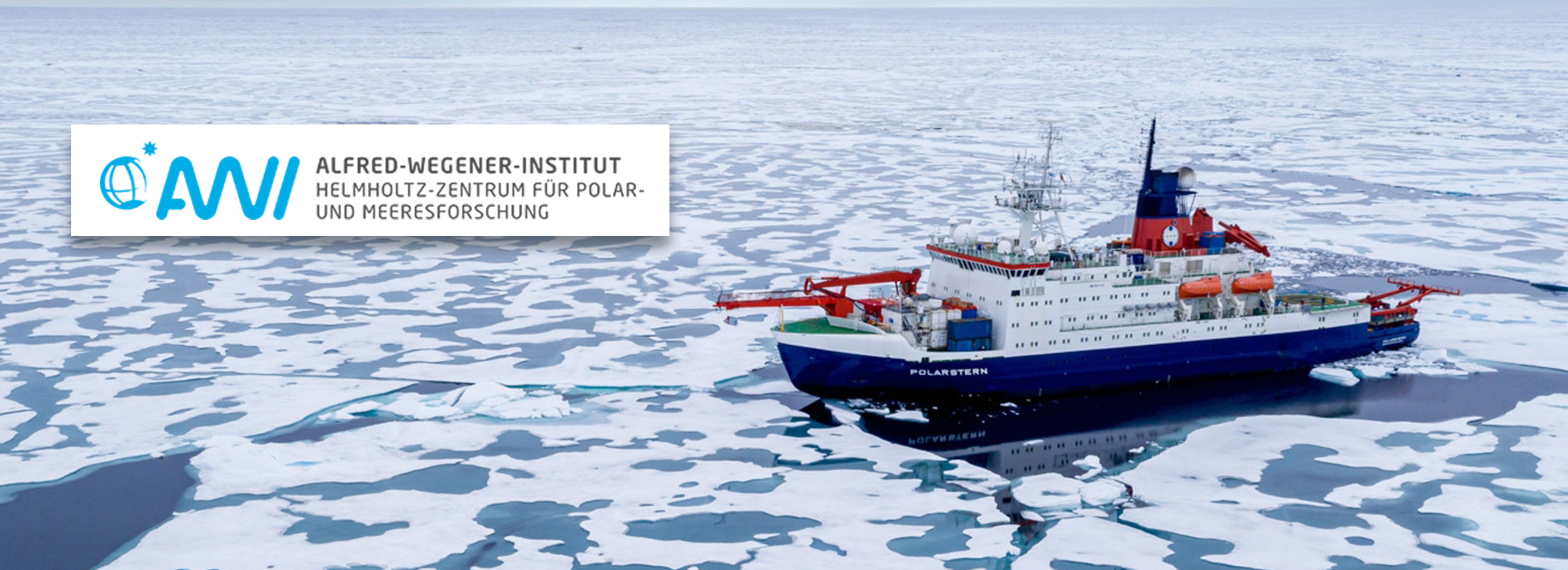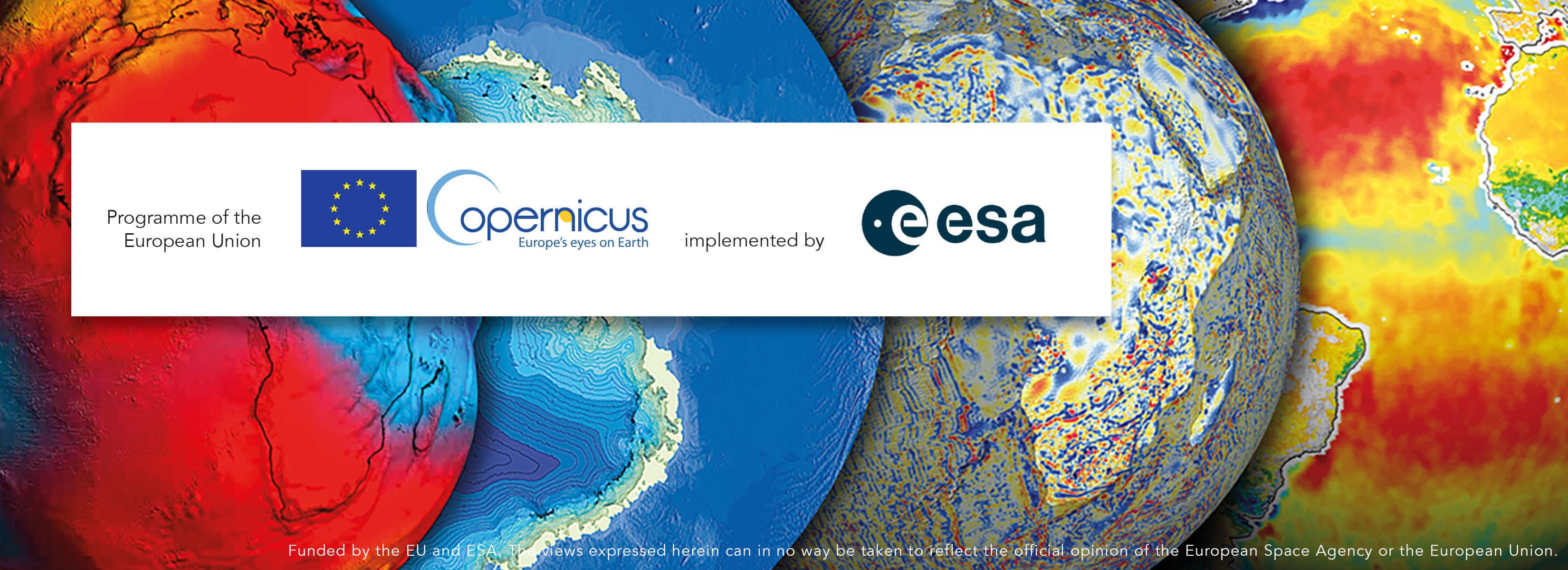A few references to illustrate the variety of our data management solutions
Who do we work for? What kind of projects have we executed so far? We'd really have a lot to tell. However, as confidence and dependability are essential to us, we can reveal only some of our cus-tomers and projects around the world.
Here, we give you an enthralling excerpt of the many well-known companies from the automotive in-dustry, aerospace industry as well as scientific institutions and public authorities we are working for and to whose success our know-how and our IT solutions have contributed.
What can we do for you? Feel free to contact us!

